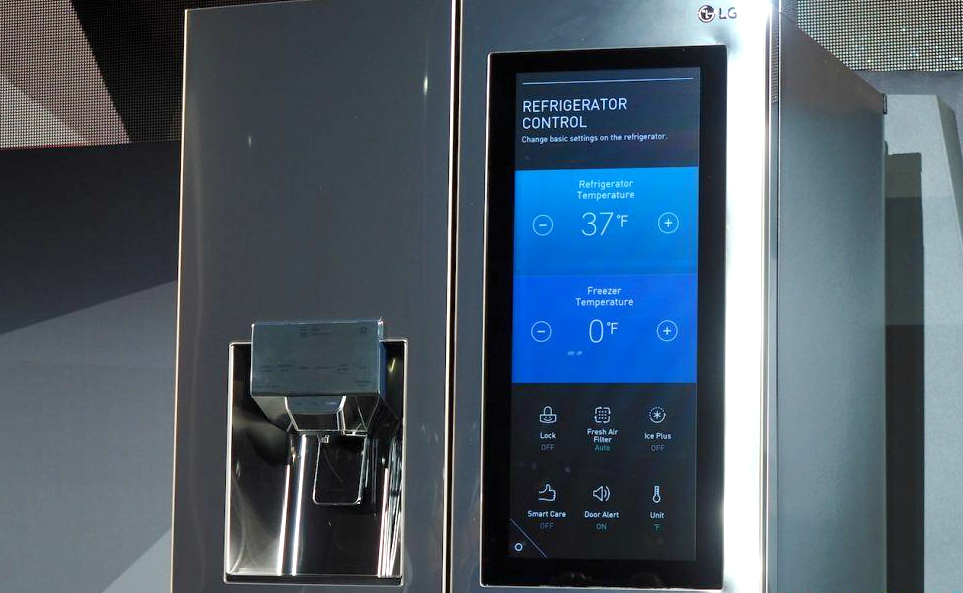So, robot apocalypse. The Internet of Things machines have their cold metal fingers all up in our data, our houses, our sand dunes and/or porn.
And for what? What do they offer in exchange for this unprecedented invasion of our day to day lives?
Seamless, user-friendly automation to help with a thousand daily tasks, demonstrably improving our quality of life.
That’s… that’s actually a pretty good offer! Nice work, robots.
It comes with catches, and we’ve covered those, but Day One bumps and blunders are part of owning tech. They generally get engineered out.
What I want to talk about is Day 100, or 1000. Because the important word in “Internet of Things” isn’t “Internet.” We have the Internet. We can confidently expect the Internet to continue being a big deal.
But “things” is an important word. Things are distinct from tech. With tech, buying the thing and futzing with the thing are part of the fun, especially for practicing nerds like your narrator. Tech is new, and the excitement of a new game or a new phone can take the edge off, say, a server crash or a quick trip to tech support and back.
What about things? No early adopter aura in history will get a customer to ignore a fridge full of rotten food. Fridges need to work, period. So does your thermostat and your car. All those things are charter candidates for the full IoT overhaul, and they’re all capital T Things, not tech. They aren’t shiny toys people can live without for a week or four. They’re expected parts of daily life, things that need to work on Day 1, 100, and 1000.
Are companies preparing for that? Are the startups rising out of the blue-light-white-plastic Stuff Renaissance prepared to rebrand as global service providers, doing the hard, unglamorous, absolutely necessary work of digital maintenance?
Bigger question: are they prepared to guarantee security while they do so? Because anything with digitized bits needs patches and updates to function, and if it can download patches and updates, it can download things that are not patches and updates. No one wants to chase a botnet out of their microwave. Are the companies invested in always-on Things standing up and saying they’ll take responsibility for indefinitely securing and maintaining the infrastructure they intend to profit from?
Short answer, no. They’re not. Operations departments tend to be vanishingly small, painfully understaffed, spectacularly underpaid. Let’s be real,: we don’t prioritize stuff like that. We’re talking the digital equivalent of the guy who chases the raccoons out of your HVAC, and that sounds entirely too much like work.
Maintenance is not sexy.
But it’s absolutely necessary. It’s generally just the beginning of a thing. It gets the wheel rolling, and that’s not to be undersold.
But the IoT wheel is most definitely rolling. The issue is keeping it in motion, making it a wifi-level universal usage standard, not a 3DTV fad.
That won’t get done in a meeting. That gets done through long term adoption, and long term adoption will be about attracting, training, and retaining people willing to do the hard work of maintenance and customer support.
The Internet of Things wants to be a major step forward in the infrastructure of daily life. I am incredibly in favor of that. But daily life works because it’s the full time job of a whole lot of people to make sure it does so. So to Internet of Things companies, I say – pay them, treat them well, make your organization the best place in the industry for them, or be left behind by the people who do.
Matt Salter is a writer and former fundraising and communications officer for nonprofit organizations, including Volunteers of America and PICO National Network. He’s excited to put his knowledge of fundraising, marketing, and all things digital to work for your reading enjoyment. When not writing about himself in the third person, Matt enjoys horror movies and tabletop gaming, and can usually be found somewhere in the DFW Metroplex with WiFi and a good all-day breakfast.


















































